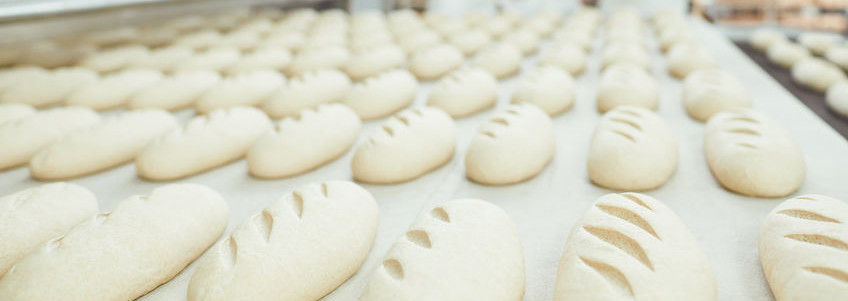
Now is a good time for the innovation and commercialization of novel bread. The revenue in the global bread market is $25,064M and is projected to grow at 0.63% (CAGR 2021-2025). There has been a significant increase in the demand for value-added niche bread. The market leaders in the niche bread segment include:
- Gluten-free
- Keto
- Vegan
- Brioche
- Clean Label
- Organic
What is the market potential for novel bread?
The annual growth for the novel bread market is between 2.5%-9.2%. These numbers are much higher than the traditional bread market. An initial investment in innovative bread manufacturing possesses an opportunity for relatively higher returns. However, keep in mind novel bread processing alters the manufacturing process.
How to clean up your ingredients?
For clean labelling, it is crucial to avoid using chemical ingredients like bromated flour, DATEM, SSL, ADA, calcium propionate. Some of the natural alternates and their functionalities include:
- Cultured wheat, fumaric and sorbic acids: natural preservatives
- Lecithin: high-performing emulsifier, improving the texture of goods
- Glutathione-rich inactive yeast: improve dough extensibility and machinability, reducing dough resistance, mix times shrinkage, snapback
- Ascorbic Acid: Oxidant promoting dough development during baking
- Enzymes: Reduce mix time, increase oxidation and improve machinability
- Aged flour: Natural oxidation
Cleaning the label is also possible by altering the processing equipment.
How to change processing for novel breads
Mixing Process
Gluten is usually added to the organic flour as it is inconsistent in gluten content. Added gluten replaces the absent oxidants and emulsifiers. The mixer is required to work longer and harder for mixing gluten-added dough. Added mixing time can result in a dough temperature increase as a result of the additional mixing time. It is crucial to control, hydrate and relax gluten using wet sponges. Additionally, this also helps to reduce the strain on the mixer. Clean label ingredients such as glutathione-rich inactive yeast products lowers the dough resistance.
Baking Process
Overbaking and product drying out have adverse effects on the sensory properties of clean label and gluten-free bread. Thermal profiling can help reduce baking times. Oven humidity study and heat flux can help determine the baking time and temperature.
Cooling Process
The loaf bread needs to cool within 60 minutes and smaller buns in 20 minutes. Failure to do so might result in crumbliness, condensation and mould growth.
To learn more about bread sales trends and how to commercialize them, check out our technical paper: Innovate and Commercialize Your Bread Line.

